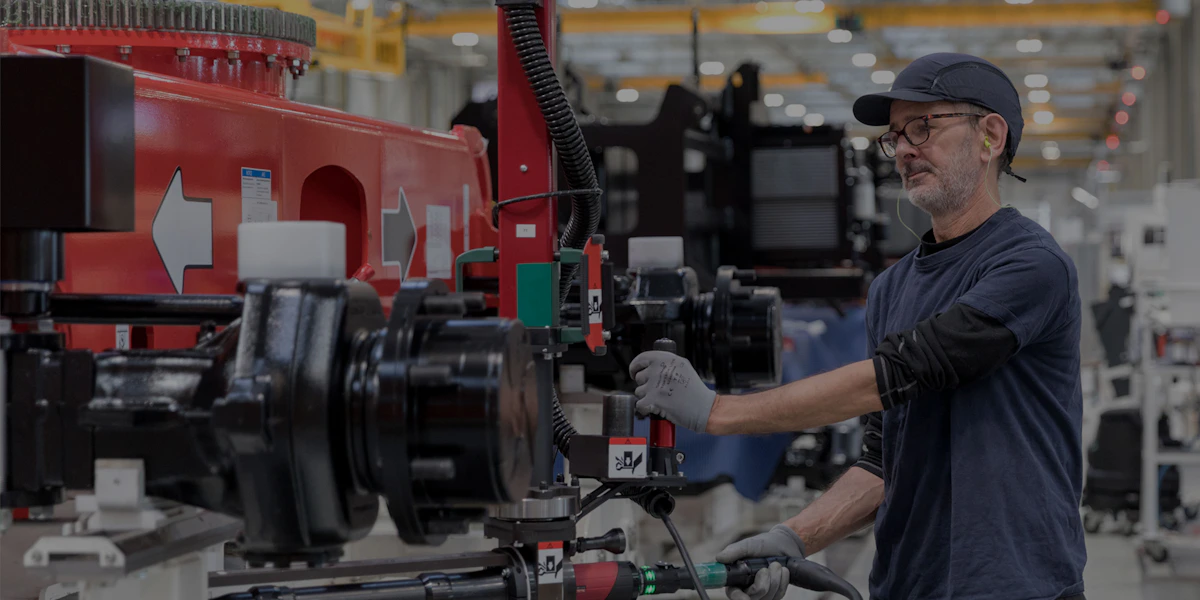

Güvenli bağlantılar sağlamak ve çalışanları yüksek gerilimlerden korumak için montaj çözümlerimizi keşfedin

Havacılık ve uzay yolculuğunuzu dönüştürecek yeni delme ve bağlantı montaj çözümlerini keşfedin

Sektöre özgü zorluklara yanıt vermek için akıllı el aletleri ve çözüm yelpazemizi keşfedin

Genel endüstri sektörü için özel olarak tasarlanmış inovatif, benzersiz, yüksek kaliteli ve uygun maliyetli ürünlerimizi keşfedin

Dijital İkizim

100 Yılı Aşkın İnovasyon
1914'te kurulan Desoutter, o zamandan beri elektrikli montaj çözümlerinde bir dünya lideri haline geldi. Yüzyılı aşkın bir süredir, bu olağanüstü yolculuk sürekli yenilikle beslendi. Bugün Desoutter, yalnızca pnömatik sıkıcı ve matkaplardaki öncü çalışmalarıyla değil, aynı zamanda son teknoloji ürünü sıkma sistemleri, delme çözümleri ve montaj yazılımlarıyla da dünya çapında tanınan çözüm ortağınızdır.
Ürünler ve Çözümler
Kalite DNA'mızda Var
AXON
AXON
Connect
Connect
EABS / EIBS - Kablosuz Bataryalı Transdüserli Sıkıcılar
EABS / EIBS - Kablosuz Bataryalı Transdüserli Sıkıcılar
EAB Transdüserli Pilli Alet
EAB Transdüserli Pilli Alet
Q-Shield C Dijital Tork Anahtarı
Q-Shield C Dijital Tork Anahtarı
Manuel Kablosuz Bataryalı Deliciler
Manuel Kablosuz Bataryalı Deliciler

Bize güveniyorlar
Mutlu müşterilerimizle tanışın




